#Chinese fairy
Text

Inktober 24 Fairy
#inktober#inktober 2022#inktober fairy#original character#chinese#chinese dress#chinese hanfu#Hanfu#hanfu hairstyle#Chinese fairy#Jasmine#xianxia
49 notes
·
View notes
Text
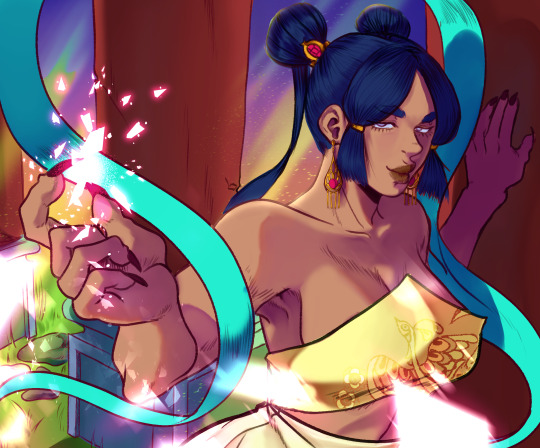
Fairy in heaven
#oc#my art#chinese mythology#godess#fairy#chinese fairy#art#artwork#artist#original character#original content
18 notes
·
View notes
Text
set of 4 Chinese fairy stickers
https://stickerskingdom.etsy.com/listing/1587180195

0 notes
Text
#just curious#silly polls#tumblr polls#poll time#cozy aesthetic#naturecore#earthlings#earthcore#natural aesthetic#light aesthetic#fairy cottage#cottagecore aesthetic#autumncore#zodiac#chinese zodiac#I’m an earth rabbit#stay hydrated 🫶🏻#polls
4K notes
·
View notes
Text
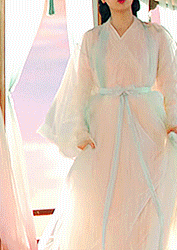



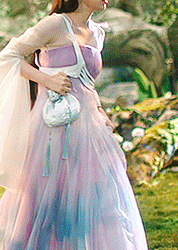
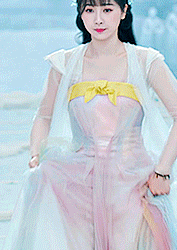
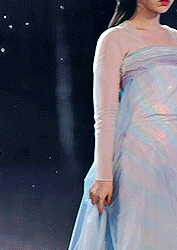


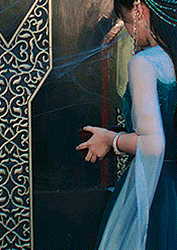
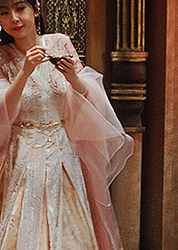
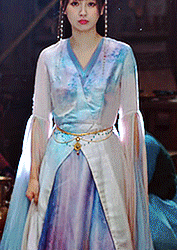
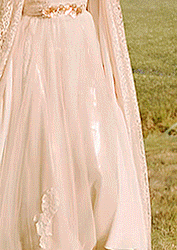
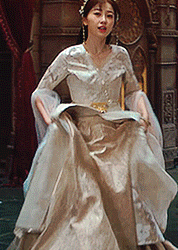

love between fairy and devil (2022) : appreciation post | xiao lan hua (orchid) / goddess xi yun costumes
#love between fairy and devil#yu shuxin#esther yu#cdrama#cdramagifs#hanfu#苍兰诀#appreciation post#girl crush#so pretty#love how soft and flowy her outfits are#love the translucent and split sleeves#fashion#chinese actors#edit#mine
862 notes
·
View notes
Text

🍉SIGNUPS FOR CDRAMA GOTCHA FOR GAZA CREATORS NOW OPEN!🍉
We are a fundraiser event dedicated to creating fanworks in exchange for donations to the people of Palestine. Creator signup is now open for fanfic authors, fanartists, vid makers, and graphics/gif creators.
Once creator signups close, for small donations of at least 5.00-8.00 USD to Palestinian direct aid organizations, you will be able to receive a fanwork from one of these talented creators
CREATOR SIGNUPS OPEN: March 30th, 2024 to April 14, 2024
All creators welcome! Whether you can create for three or one hundred fandoms, we'd love to see you on board. Fanartists, fic writers, fanvid creators, and gif/graphic creators can sign up.
Please visit our CARRD HERE for more information on both how to create and how to donate.
Then, if you are a creator, go sign up here.
You can also follow our twitter here.
Inspiration is @SVSSSAction, @TGCFAction , and @MDZSaction on twitter.
We greatly appreciate you promoting our project, even if you can't participate yourself. As this is a multi-fandom event, we need all the plugging we can get. Thank you!!
-Cdrama Action Team
#cdrama#cdramasource#cdramaedit#word of honor#the untamed#love between fairy and devil#till the end of the moon#nirvana in fire#guardian#dmbj#mysterious lotus casebook#the spirealm#lost you forever#ashes of love#i'm just tagging a lot of popular dramas here 😉#i'm sure i'm forgetting some absolutely huge ones#eternal love#hidden love#when i fly towards you#chinese drama#love and redemption#story of kunning palace#phew#also this probably won't show up on the tag so i EXTREMELY appreciate shares#!modpost
333 notes
·
View notes
Text


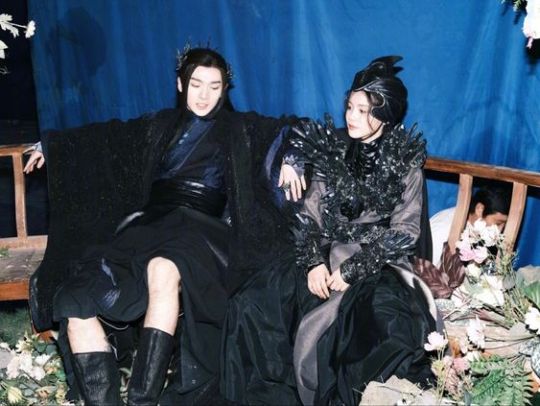


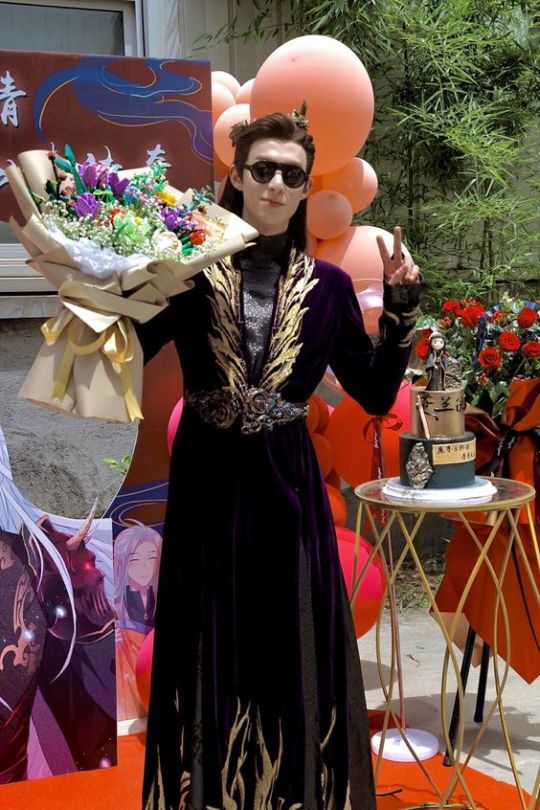

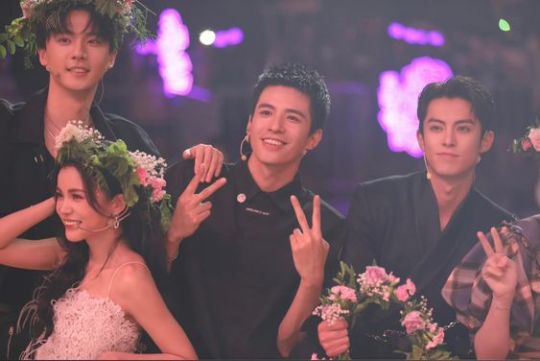
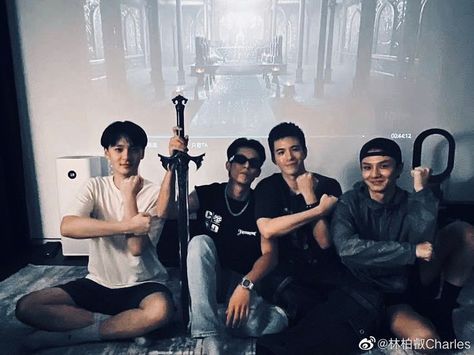
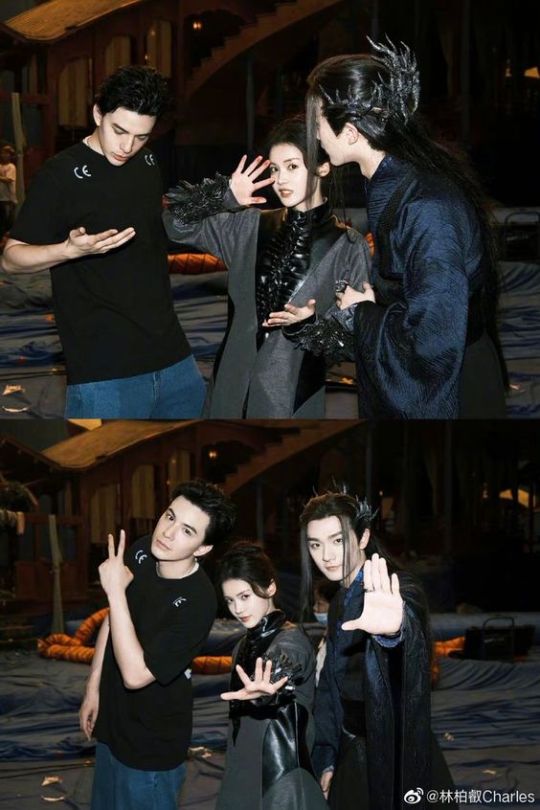
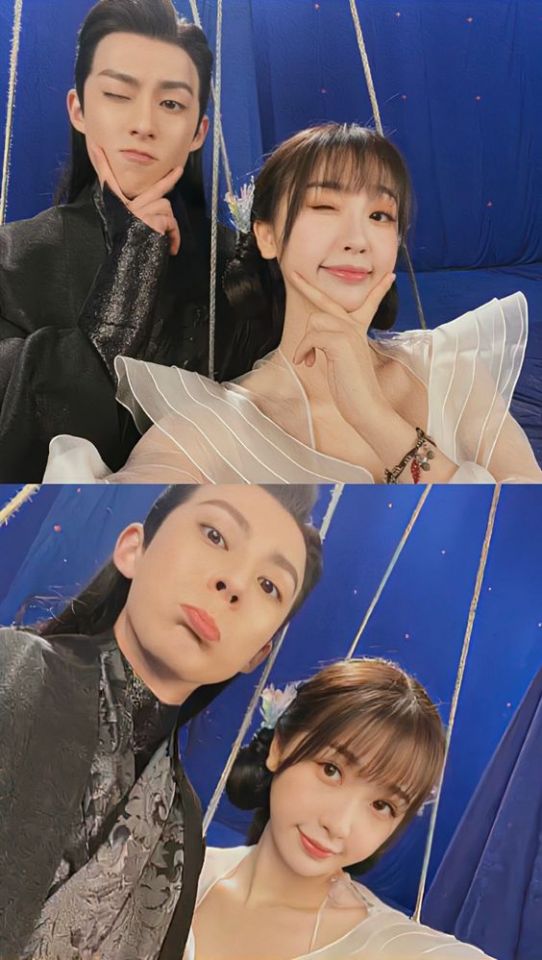


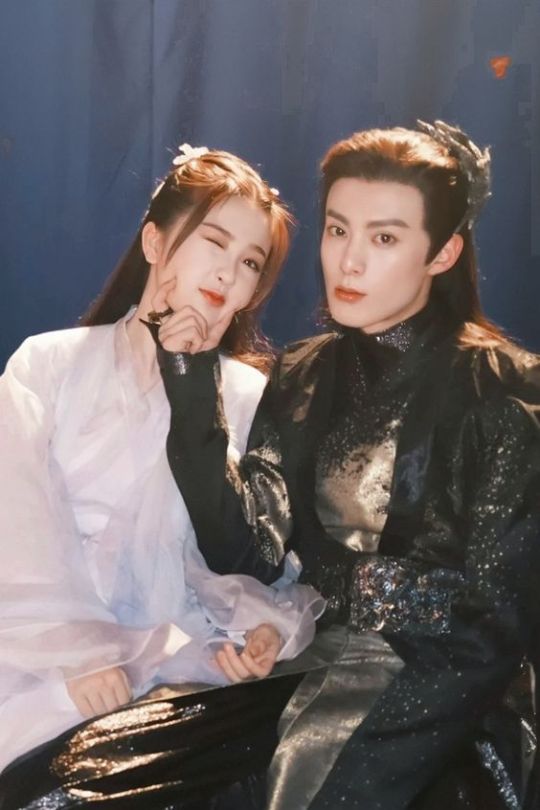

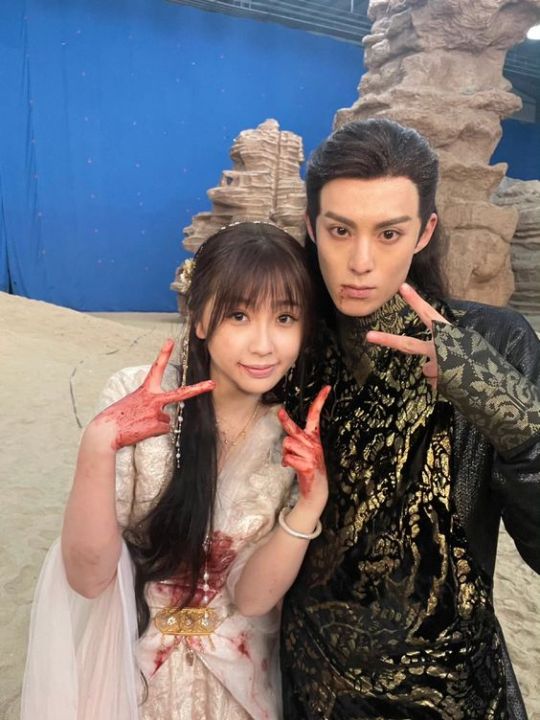
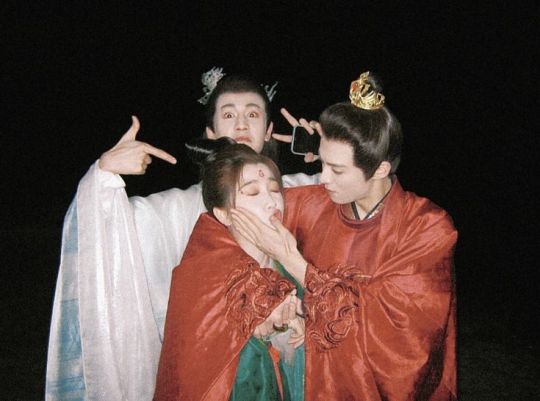



I love these behind the scenes pictures so much.
#love between fairy and devil#behind the scenes#lbfad#lbfad bts#cdrama#chinese drama#dylan wang#dongfang qingcang#cang lan jue#苍兰诀#esther yu#wang hedi#虞书欣#yu shuxin#王鹤棣#dongfang qing chang#dongfang xunfeng#zhang chenxiao#zhang linghe#张凌赫#charles lin#lin borui#林柏叡#张宸逍#洪潇#hong xiao#orchid#chang heng
301 notes
·
View notes
Text
Running Commentary: What is “ok to do” in Mixed-Culture Supernatural Fiction?
Dear readers:
Today we are trying something new. To give you some insight into our process in the Japanese moderator section, we are presenting our response in the form of running commentary to show you how we dissect and answer long asks. We hope this makes clear what points are useful and not useful when sending us a query. As always, this is for learning purposes, not callouts. Be prepared: this is a long one.
To summarize: the asker is looking to create a comic drawn in Japanese manga style, and has provided a long summary of the story and worldbuilding which involves a mix of “reimagined” Japanese yokai mythos and cultural symbols from many other sources. They have questions with respect to cultural appropriation, coding etiquette, and “what is and isn’t ok.”
Opening Comments
I know a common advice when it comes to the thing I am about to ask is to talk to people involved in __, but I struggle with opening up to strangers for reasons I'm uncomfortable explaining.
Marika (M): This is already a red flag. If you want to engage with another culture without talking to people from that culture, then research is going to be very challenging. You won’t have members of that culture to guide you towards sources and perspectives they feel most accurately represents public opinion. If I were in your shoes, I might start with tackling my discomfort when engaging with other people, if only to improve my work. If you aren’t ready to engage with a culture and its people directly, then I think you should wait until you are.
I should note, reaching out to the Japanese mod team at WWC does count as engagement, but WWC should not and cannot be the only point of contact because there is no single, legitimate cultural perspective.
Rina (R): Also, you don’t need to “open up” to strangers or talk to them in person to get perspectives. Asking specific research questions anonymously to a forum or on social media requires very little vulnerability. You managed to do it here on WWC. So give it a try!
Anyway, my question basically amounts to the what is and isn't ok [sic] in terms of depicting fantasy creatures and concepts outside of their respective culture.
R: So, the reason why we turn away rubber stamp questions by that ask “is XYZ okay?” is because “okay” & “not okay” 1) is vague and 2) creates a dichotomy where there isn’t one.
When we say something is “not okay,” do we mean:
It’s offensive to the general majority of XYZ group?
It’s contentious among people who ID in the group?
It has a potential to be interpreted in a certain negative way, but may not be a red flag to everyone?
Insetad try asking:
What are the reasons this subject is offensive?
What makes cultural appropriation bad?
When might it be “okay” to intentionally discuss a difficult or controversial topic?
What is your reason for including something that may be interpreted as offensive and can it be sufficiently justified?
What stereotypes or tropes might it be consistently identified as or associated with, and why?
When might it be justified to bring up these tropes?
With That In Mind...
Let’s get into the rest of the ask below.
…a story I've been working on in recent times is largely inspired off the Japanese yokai, and the setting is basically Earth in the far future, as far as when the next supercontinent may form. These yokai, although portrayed differently here, do retain their main characteristics [...] Included in this world are two goddesses of my own creation, primarily representing the sun and the moon. [...] There will be thirteen nations, named and based after the Chinese Zodiac, and the life force found in the living things in this world, called qi, comes in two forms that are always opposing each other but can never fully overpower the other, this being based off yin and yang. They're even directly named this; yin qi and yang qi.
M: This reads more like using Japanese and Chinese culture for the “aesthetics”, not the cultures themselves, which I personally feel falls under cultural appropriation. From a world-building/ coding standpoint, the actual use of concepts is workable, and, dare I say, typical, given how Chinese cosmology influences Japanese culture. However, naming a concept “yin qi” or “yang qi” is the equivalent of naming something “- charge” or “+ charge”, respectively. That you don’t seem aware of this tells me you are pretty early in your research phase. In that vein, we’ve covered translating terms and names from foreign languages in fantasy before. See the following article linked here for our recommendation against using RL terms outright but instead encouraging people to create their own conlangs.
R: Worldbuilding-wise, I think you would have to figure out the chicken-or-egg of the zodiac nations. Did the nations come first, and the zodiac later as an origin folk story (which you would have to rewrite to serve the nation-building narrative)? Did the zodiac come first, and the nations named (most likely re-named) by a political entity? What is the justification? Otherwise, again, it’s a shoehorning of aesthetics.
There is also a third, lesser known god based off of fox spirits and trickery and I imagined he's the patron deity of a family that honors and worships him, but his influence on them has transformed them into Kitsune-tsuki, which I depict as fox-like anthros.
M: Not related to this ask directly, but I have jokingly ranted about how often non-Japanese people prefer using imagery related to kitsune-tsuki in Japanese coded world-building (link). This makes me feel the same level of petty irritation. See my troll answer below for a similar experience.
R: Same. It’s boring tbh.
M: Troll Answer: I get that kitsune-tsuki are very sexy furries, but Japanese folklore has other sexy furries too! These underrepresented demographics also deserve recognition and appreciation!!
The plot of the story is this; modernization has left the goddesses neglected of their worship and forgotten, something that is necessary in this world to stop them from fighting each other. The Moon Goddess awakens first, punishing the humans by unleashing the yokai. Then the Sun Goddess wakes up to fight in humanity's defense…
M: This could feel rather like Shinto-like coding (Ex. the myth of Amaterasu and the Cave, or Tsukuyomi slaying Ukemochi), but something about this scenario feels a bit too binary in terms of themes of good v. evil, light v. dark to be Shinto. The plot also feels more Gaelic/ Nordic in influence for me as a person raised in a Japanese Buddhist and Hindu household. I imagine this dissonance could have been fixed with better guided research.
…but their fighting has caused a perma-eclipse and this world is in danger of ending. The yokai have run rampant; some are loyal to the Moon Goddess, and some aren't, and it lies to the main characters to bring balance back to Midgard. Yeah... the name of this future Earth is Midgard. I debate changing it since it and some other things I will mention sorta feel out of place.
R: Marika, looks like you were right on the Gaelic/Nordic influence /j
Also, worldbuilding question: if the Earth is in the far geologic future, how long has it been since modernization (19th-20th century)? Centuries? Millennia? How long has this fighting gone on for? What triggered the perma-eclipse, and why now? Why is this time depth necessary?
One of the main characters in question is a humanoid woman with wolf features named Ling, and she is a descendant of the dynasty that had first ruled the one of the nations, particularly the one based off the dragon zodiac. She accidentally summons the other main character to this world as she's praying at a shrine, a humanoid with dragon features--I call them drakon--named Angelynn.
[on the names of characters] is it appropriating by not having the world entirely based on [Chinese, Japanese, and Indian] influence? it's a little weird to me how worldwide the creatures are referred to as yokai, implying a strong Japanese influence not unlike how it is today with Western culture being so dominant, yet there are still names like Keith and Kiara.
M: I will give you credit for recognizing you have unconsciously veered towards white-washing/ race-bending: either presenting European cultural influences (drakons, Angelynn, Keith, Kiara, Midgard) as default or utilizing general E. Asian cultural influences and aesthetics for a Western-style story (Ling, qi, Chinese zodiac, yokai). I agree with you that this creates a sense of cultural dissonance. At this point, I’d say you have a clear choice: write a Western-style high fantasy using a background with which you have more familiarity, or get some better guidance on research with East Asian cultures so you can code the story more effectively.
The focus of this story is centered around meeting all these yokai and showing that there's more nuance to them than Ling believes, all while saving the world. But I worry if I'm appropriating these concepts and creatures by 1, drawing from more than one culture--I initially imagined that there would be a mix of Chinese, Japanese and Indian influence because according to a website I am getting the info on yokai from, the yokai in question already draw inspiration from or have been based on something in Chinese mythology or Hinduism [...]
R: Sure, some yokai have Chinese or Hindu parallels as that tends to happen with folk tales. But not all–some are unique to Japan, and some are more modern. Sometimes it’s very political–some people consider the Ainu Korpokkur as being a “Yokai of Japan” despite it belonging to the indigenous culture. It’s up to you to research, untangle, and understand these influences.
The fact that you bring up that the Asian continent has seen a lot of cultural exchange is not a sufficient reason to randomly combine influences for the sake of visual appeal or “coolness.” That is appropriation. These influences must be understood in their historical context so that you know how/why certain things combined or morphed into another, and what makes sense to combine/morph.
M: This also indicates that the character views the yokai as evil/inherently bad, which I would argue is not a typical stance for much Japanese folklore. Again, this shows a deficit in research.
2, reimagining these yokai in a new context even though I have done the research on them, because one thing I kept seeing in regards to cultural appropriation is that it's bad to do that […]
R: Refer above to my note on “okay” and “not okay.” The thing with folklore and fairy tales is that every–and I mean every–folk tale is reinterpreted with every new iteration of it. Reimagining in a new context is what people do every time they pass on a story or tell a story with the same plot or characters. Do not think of folklore as an “original” that is altered and rebooted, but rather a living document that gets added to. Reimagining is not the inherent issue. HOW you reimagine something matters.
So I suppose my question is...if someone were to do research upon the creature they want to use, given they are allowed to use it, and gained an understanding of what the creature or concept stood for, are they allowed to pick it apart and reimagine it? Alternatively, is it ok if it's explicitly pointed out that it is derivative of the original?
It has actually become my biggest fear that I may have internalized something that could both continue to do harm long after the fact and attract the wrong people to me work. I don't wanna let people down!
M: As Rina has noted several times, I think the problem is in trying to ID a set of specific variables and circumstances that make a thing “okay” or “not okay.” I want to recommend that you read my joking response about writing in secret rooms while wearing a disguise (Linked here). Who can you hurt if no one knows what you are doing? There’s a difference between creating for oneself and creating to share.
You have internalized a message incorrectly, but not the one you cite. The goal of many recommendations against cultural appropriation is to avoid causing direct harm to people who have seen their cultures demeaned, discredited and devalued, especially in shared spaces. Assessing cultural engagement, whether we are talking about appropriation, appreciation or exchange is not a measure of personal virtue or a collection of commandment style do’s and don’t’s. Rather, I believe engaging with other cultures is the state of mind of acknowledging that when using these cultures’ in one’s own work, there is value in consulting members of that culture and giving credit where credit is due. This will be challenging if you are only comfortable engaging with all of these cultures in a distanced, minimal capacity.
FWIW, I’ve written stories that probably will offend people from other cultures and backgrounds, but I don’t show them off. I don’t think writing these makes me a bad person, but I also don’t see the need to give unnecessary offense, so those stories are just for me, to be written and read in my own secret room. However, I’m not ashamed of having written them, and I’m also comfortable to “let people down” provided that my own shared work reflects my personal principles of what I consider to be sufficient research and engagement with other cultures, As a creator, my work wouldn’t be mine if I didn’t first please myself. I think the trick to the creator role is deciding what to keep private, what to share and what constitutes sufficient engagement.
P.S.
We’ve referenced the need for research multiple times in this ask, and in some of the other asks that have gone up this week, so we thought this would be a good place to plug a beginner’s guide to academic research created by the mod team.. Look for it soon under WWC’s pinned posts!
#japanese#chinese#fantasy#cultural appropriation#coding#worldbuilding#names#mythology#folklore#fairy tales#asks#running commentary#writeblr
581 notes
·
View notes
Text

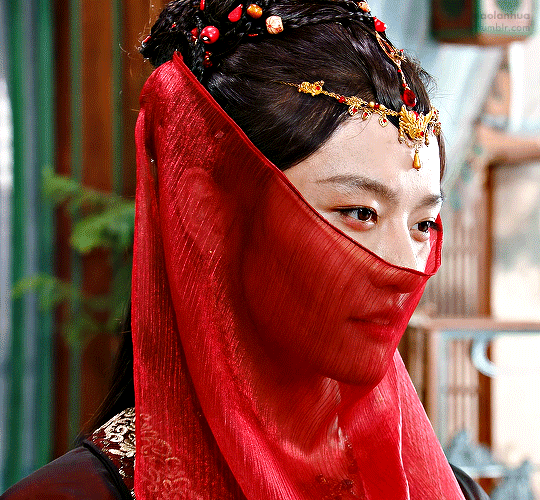
Sword and Fairy 6 祈今朝 (2024)
Dir. Liu Guo Nan – Episode 3
#sword and fairy#sword and fairy 6#chinese paladin 6#cdrama#cdramaedit#xue ba yi#userdramas#asiandramasource#asiandramanet#dailyasiandramas#cdramasource#dramasource#my gifs#*#lextag#roserayne#oh we love a person who can do both!
205 notes
·
View notes
Text


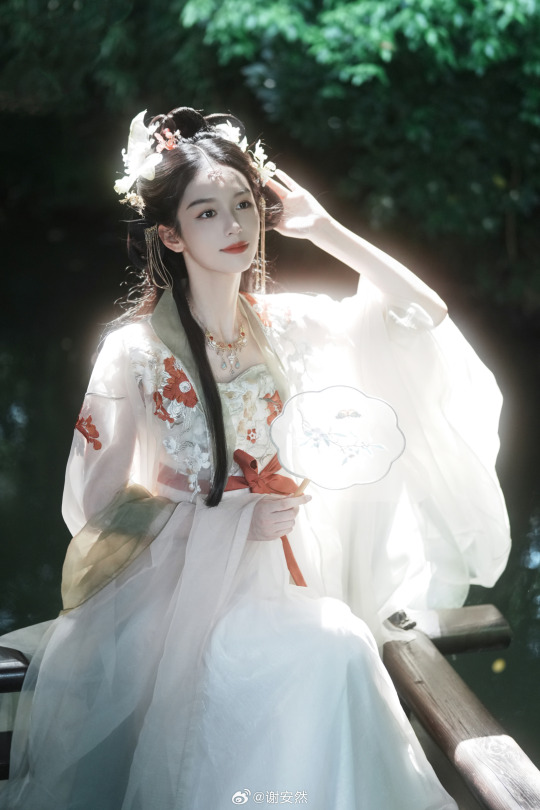



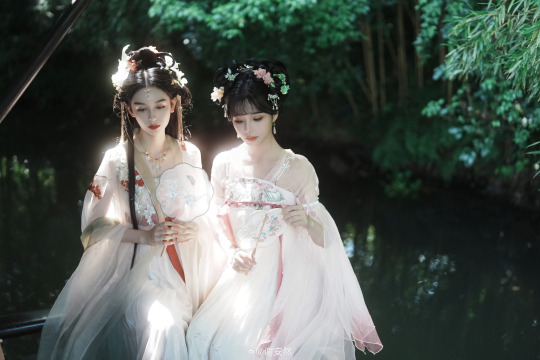
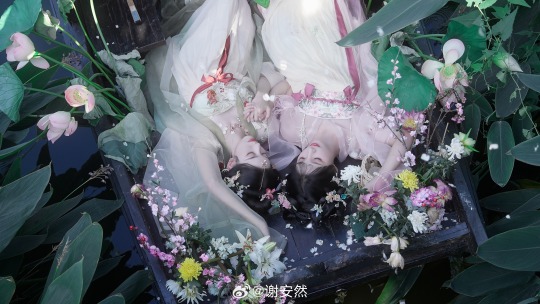



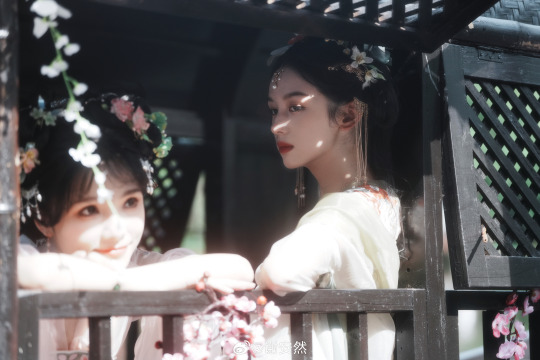

Zhou Ye is literally glowing like a Fairy Princess in the forest for this river photoshoot with Xie Anran for Love me Love My voice cosplay
#zhou ye#周也#hanfu#fairy princess#xie anran#cosplay#photoshoot#hqs:zhouye#chinese actress#photography#cdrama#gu sheng#love me love my voice#hqs: zhou ye#fairy tale princess
278 notes
·
View notes
Text
Fox Spirits In Medieval Narratives: Gender Bias
The domestic worship of the fox described by Zhang Zhuo informs us that the fox spirit occupied an ambivalent position in family lives. That foxes were enshrined in private quarters and offered food consumed by humans suggests that they participated in the family as insiders. However, their supernatural power and animal nature inspired both reverence and fear, and preserved their identities as…
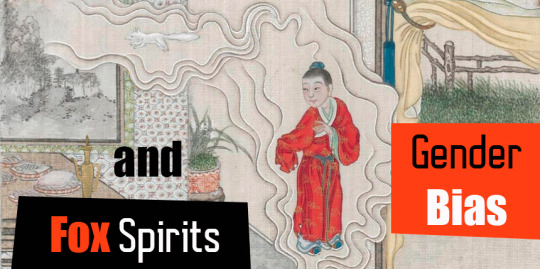
View On WordPress
#ancient China#Chinese culture#Chinese fairy tales#Chinese folk religion#Chinese history#Chinese mythology#fox#Nine-tailed fox#spiritual animal#Tang dynasty#Taoism#Taoist magic#Taoist practices
172 notes
·
View notes
Text

"The Beauty which only Beast knows" Demo released and we can finally show off this promo art and logo made by @coda-blue!
If you like Chinese Fantasy-inspired settings and a retelling of a classic Fairy Tale, do try the demo and leave your thoughts!
Due time constraints couldn't post as much as planned, but more news will come this January! Super pecial thanks to my team and my co-lead @pumpkin-spike18!
#visual novel#otomedev#otome dev#otome#fairy tale#winter vn jam#chinese fantasy#beauty and the beast#you can totally try to romance the beast#planned full release this january!
281 notes
·
View notes
Text
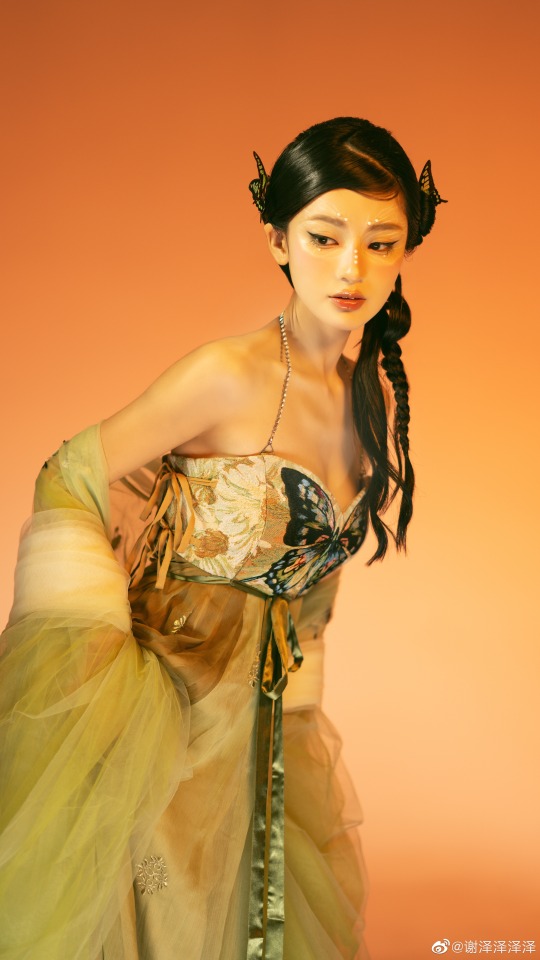

photography by: Xie Zezeze
305 notes
·
View notes
Photo
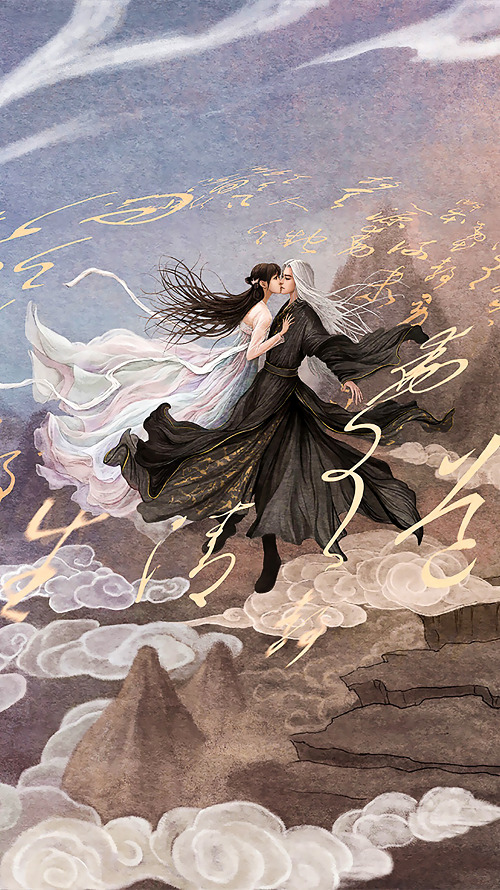

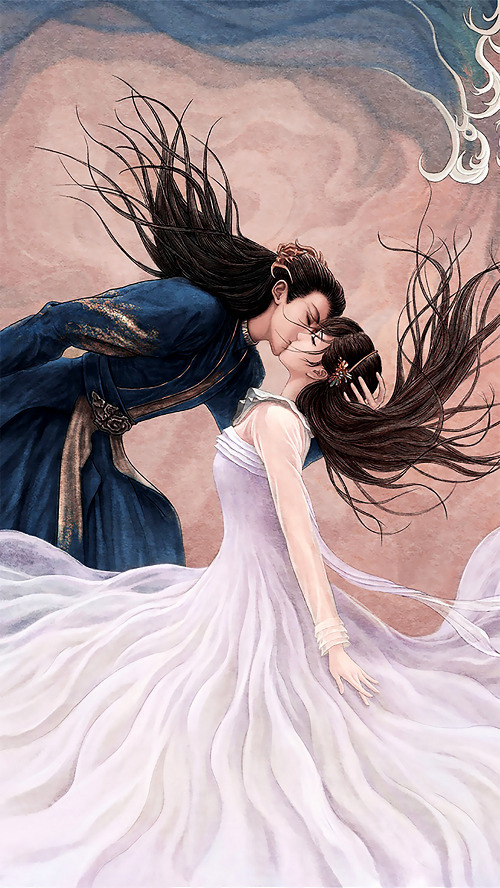

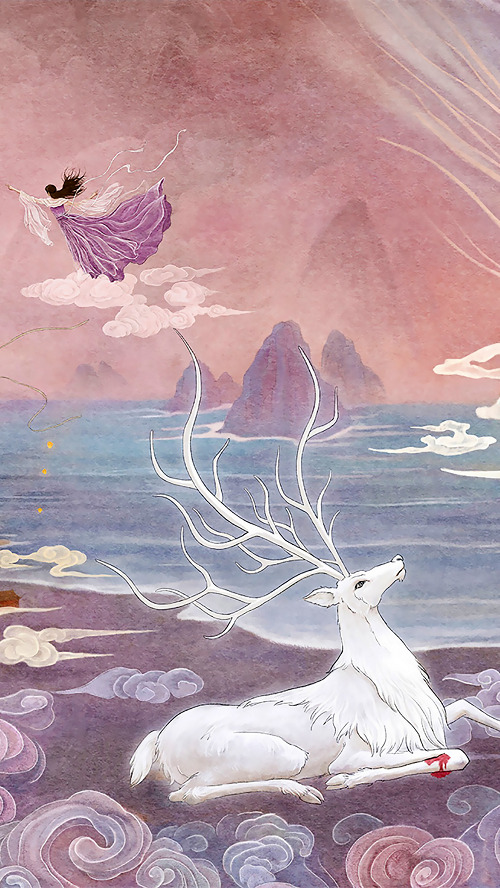



Love Between Fairy and Devil | 苍兰诀 | Cāng Lán Jué
#Love Between Fairy and Devil#Cang Lan Jue#苍兰诀#Canglan#Cāng Lán Jué#Dongfang Qingcang#Orchid#Qingcang x Orchid#Parting of The Fairy and The Devil#Xiao Lanhua#Qingcang x Lanhua#Chinese Drama#Chinese Art#Parting of Fairy and Devil#C-Drama#Parting of Orchid and Demon King#C Drama
649 notes
·
View notes

